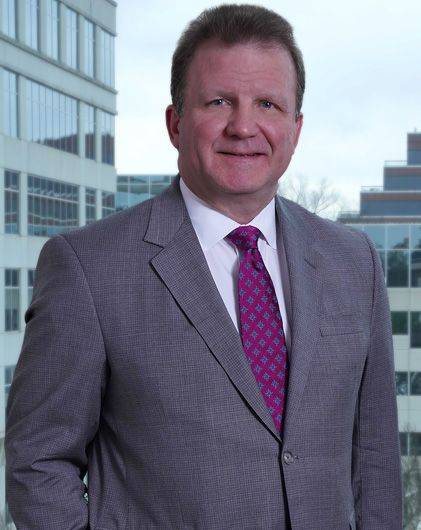Can C-PACE/C-PACER Financing Help Your Projects Succeed?
Commercial Property Accessed Clean Energy (C-PACE) financing is a state-approved vehicle that allows building owners and developers to access capital through long-term financing of certain qualified up-front costs to rehabilitate existing buildings, develop new buildings and make renewable energy accessible and cost effective. In recent years, “R” has been added to C-PACE to support resiliency expenses such as flood abatement, compliance with earthquake building requirements, and wind resistance expenses so that the reference to the process is often called “C-PACER.”
C-PACER funds are a hybrid contribution of capital to a project that is structured as a voluntary payment obligation in the form of an assessment to the property paid with annual property tax invoices. As interest rates have risen and commercial credit has tightened, traditional deals have become harder to finance and close. Additionally, standard commercial financing vehicles that require 40 to 60% equity have been harder to qualify for conventional bank financing. But developers still need to process opportunities in their pipelines. Building owners have maturing debt and aging buildings.
Generally, in C-PACER financed transactions, real property is not pledged as collateral to the C-PACER lender. C-PACER funds are contributed as a subordinated loan or on preferred equity basis. The municipality records the C-PACER loan as a lien on the property. Most states cap the amount that may be financed at around 25% of the project’s total value. The lien is permitted to be transferred at the sale of the property given the assessment is a voluntary payment obligation. C-PACER interest rates are typically lower than mezzanine financing rates due to the lower risk because the obligation, like a tax, cannot be foreclosed or bankrupted and no ownership position is required.
Keep in mind, C-PACER financing is not eligible for government-owned properties or for residentially zoned properties that are not multi-family (four units of housing). However, most C-PACER lenders have products that will allow nonprofits to benefit from the process even though nonprofits typically do not receive local tax invoices. The U.S. Department of Energy provides that “Depending on the authority regulation, eligible projects may include energy efficiency, renewable energy, energy storage, and non-energy processes.” Soft and hard costs are typically eligible for inclusion in C-PACER programs. Due to the administrative overhead associated with administering the local programs and credit analysis required by the C-PACER lenders, most C-PACER financing must be in excess of $1 or 2 million dollars. But some C-PACER programs may allow lower thresholds for smaller projects to support established objectives.
While the C-PACER financing tool for economic development is a recent development, voluntary assessments for the payment of public improvements or services have been used for centuries. Municipalities support the incentive vehicle because they do not have to contribute resources to spur economic development for this program. Once the statutory process is established, the local communities must organize the program and authorize the billing via the annual property tax bills.
The C-PACER movement to assist the development of environmentally friendly housing construction started in California for home solar installations. Even though, housing PACE programs have had a number of issues, the use of this mechanism for commercial projects started in Connecticut in 2012. It took several cycles for the commercial products to be developed and for the green initiatives to take hold in the northeastern and western states.
In recent years, C-PACER programs have been spread across the Midwest and are rapidly being approved and developed in the southern states. Currently, C-PACER programs are statutorily permitted in all the states within Phelps’ footprint, except for Louisiana and North Carolina. Both states have approved legislation. The expectation is that municipalities in Louisiana and North Carolina will initiate C-PACER programs in the coming year.
Please contact Mark Beutelschies or any member of the Phelps Economic Development team if you have questions about C-PACER programs or need advice or guidance.


